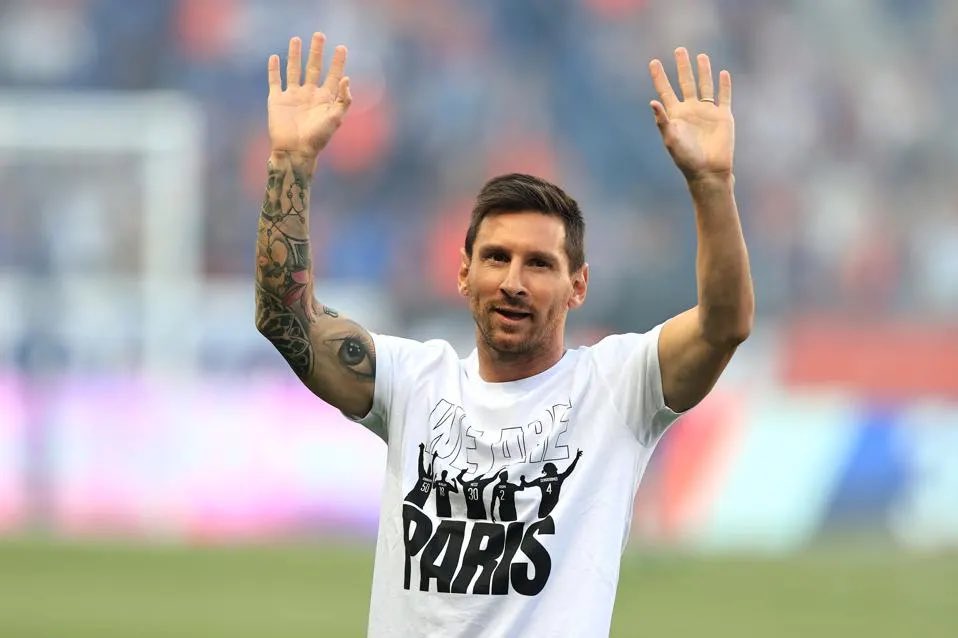Stefan Bajčetić possesses all the necessary tools to become a top player in a position where Liverpool’s squad is most dire.
To a large extent, whether he will reach his potential is dependent on his body.
Thread!
To a large extent, whether he will reach his potential is dependent on his body.
Thread!

Bajčetić’s profile is a highly intriguing one. At age 18, he’s already an excellent dueler, tackler, and ball winner at PL level, while showing glimpses of top press resistance, agility, game intelligence, composure, versatility, ball-striking and a solid passing range.
He stood out for his good performances in a highly dysfunctional Liverpool team, before picking up a “stress response” injury in his adductor – most likely caused by the vast increase in his playing time & intensity.
Indeed, his development is largely dependent on his body.
Indeed, his development is largely dependent on his body.
Bajčetić’s body composition is unique: he has a relatively long upper body, which lowers his centre of gravity & thus increases his balance. In general, he has excellent control over his body and can twist & turn easily.
He also plays the game in an unusual posture. He constantly plays in a front-footed, slightly crouched manner, with his upper body forward and down, similarly to Pedri. This allows him to change body angles quickly, which helps his press resistance & retention in tight spaces. 



In addition, he has oddly flexible, stretchy legs, which help him dangle his body around various angles to make tackles.
https://twitter.com/lfc/status/1631224827347636224
The leg flexibility also allows him to take a lot of short strides with ease, which enables him to manipulate the ball, timing & the opposition. Moreover, it helps him to ride challenges & skip away from incoming contact, while maintaining balance.
https://twitter.com/lfctransferroom/status/1632706748917116929
The issue is that Bajčetić’s body in its current form is still rather fragile – a problem which is exacerbated by his playing style. Indeed, playing in a crouched manner & twisting/turning frequently is much more stressful for the body than straight-line running. 

The intensity of Liverpool’s tactical approach and Bajčetić’s natural play-style in combination with his still rather immature body means he might be prone to “stress injuries” and the like.
However, as he ages, his body matures, and he puts on muscle in his legs, hips and core,
his body composition/genetic physical traits will be an advantage, rather than a frailty, especially with regard to duel-winning and agility.
his body composition/genetic physical traits will be an advantage, rather than a frailty, especially with regard to duel-winning and agility.
Bajčetić has the right profile and potential to become a starter for Liverpool in the future, but he is still raw mentally and, in particular, physically, so patience is required.
However, chances are: his peak will be well worth the wait. ⭐️
However, chances are: his peak will be well worth the wait. ⭐️

• • •
Missing some Tweet in this thread? You can try to
force a refresh

 Read on Twitter
Read on Twitter






